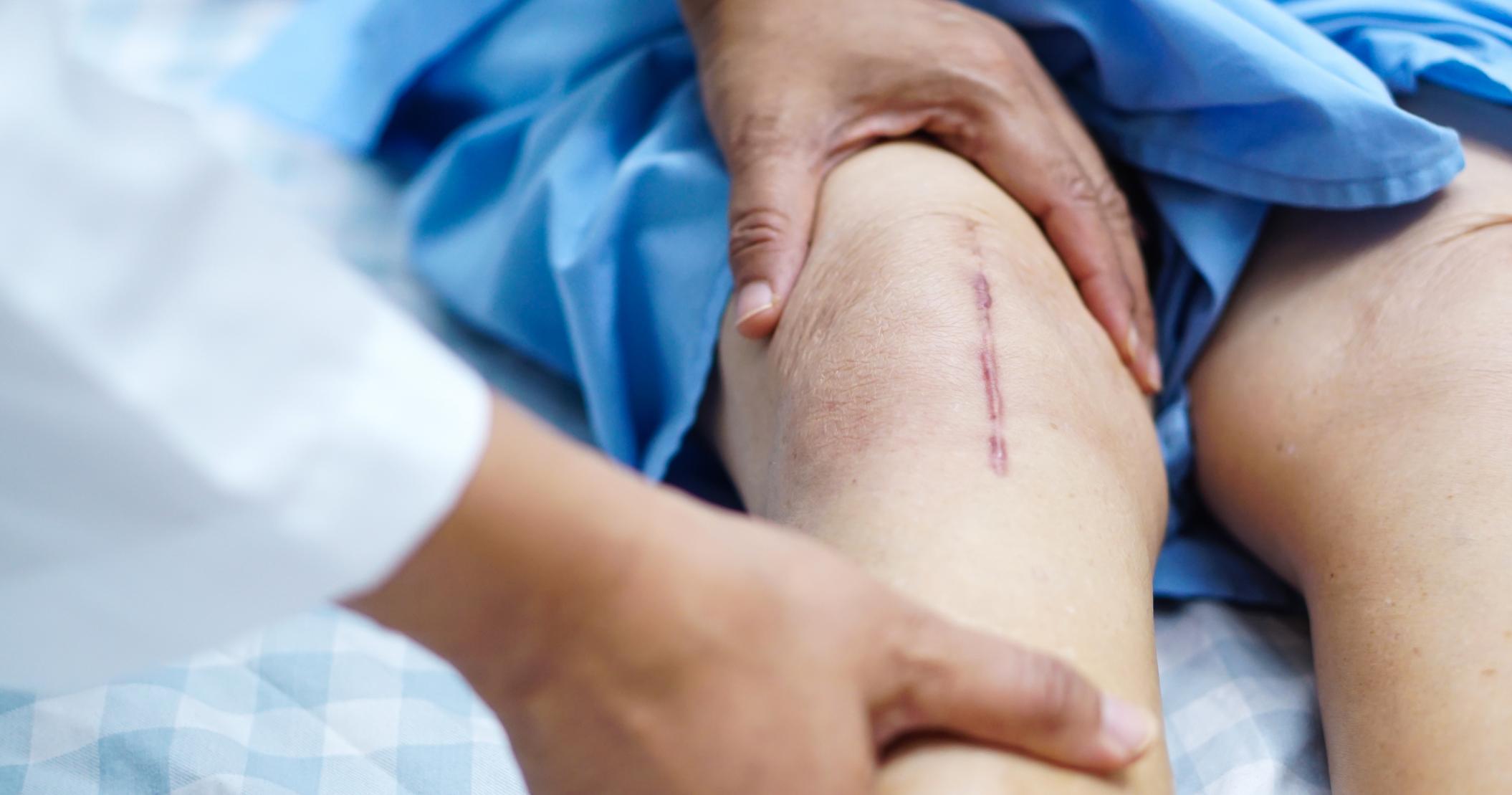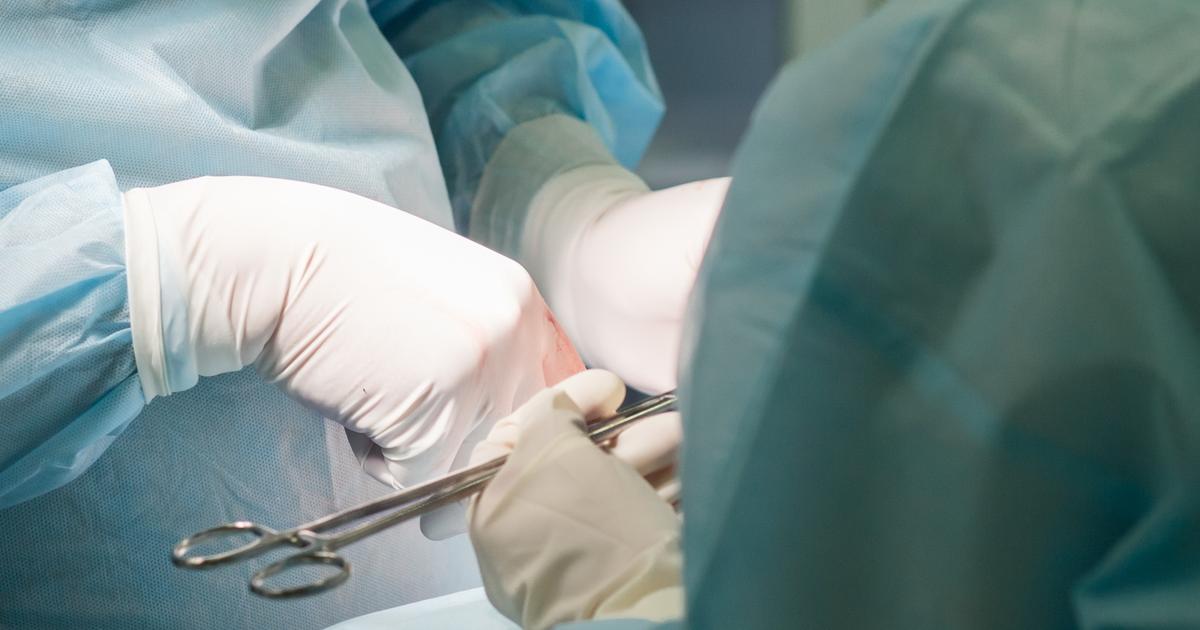Guide To Knee Dislocation Surgery
What Patients Can Expect

Regardless of which methods a doctor uses, what patients can expect stays roughly the same. The process always starts with a few consultations where the doctor will talk to the patient, get X-rays or other scans of their knees, and decide on a surgical plan. Typically, they plan to time the surgery about three weeks following the last dislocation. On the day of the surgery, patients will visit the healthcare facility and receive general anesthesia, which will knock them out. When patients wake up from the knee dislocation surgery, their knee will normally be in a brace that locks their knee at a slightly bent position, and they will need to walk on crutches. The brace is removed after two weeks, and then patients will need to go through a lot of physical rehabilitation to get their knee in optimal condition again. Following the surgery, it can take a few months to regain all mobility and strength. Some patients report they experience some stiffness even after they are fully recovered.
Potential Surgical Complications

Although surgery can be a very helpful way of dealing with repeated dislocations, it is still a serious treatment. There are a few potential surgical complications patients need to be informed about before deciding on surgery. The simplest and most common side effect is just infection. The surgery requires some incisions, and if they are not properly cleaned and taken care of, patients can develop infections that cause fevers and other problems. Another common issue is scar tissue along the surgical sites, which can prevent them from moving their knee through the full range of motion. Taking the time to do all prescribed physical therapy exercises can prevent this. If patients have a surgery that involves a ligament replacement, their body may reject the new ligament, requiring further surgeries to remove the problematic tissue. Though rare, certain types of ligament repair surgeries can increase an individual's risk of developing heterotopic ossification. This is an unusual condition where bone tissue grows at a rapid rate, causing very painful jagged joints.
